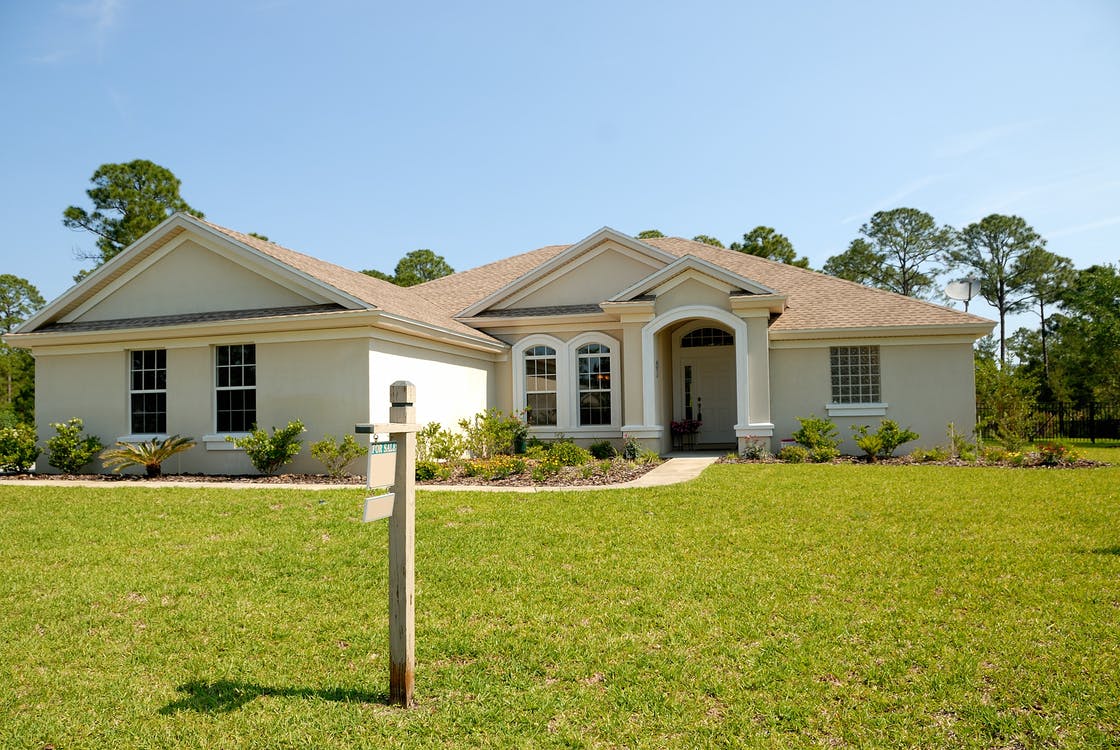Selling Your Home? How to Best Re-spond If It Lies In a Natural Hazard Zone

Just about every homeowner will eventually find themselves in a position where they need to sell their house. Of course, getting your home ready for market often requires a decent amount of work. From upgrading certain areas to taking care of necessary repairs, the work you put into your house can have a direct impact on the selling price and whether it appeals to potential buyers.
Unfortunately, you can’t control everything during the home selling process. Among the things that lie outside your control are the results of the NHD Report.
The Natural Hazard Disclosure lists whether your property lies in a designated hazard zone, indicating an increased risk for natural disasters like flooding, wildfires or earthquakes. Understanding the risks your property faces is important when living in your home — it can also make all the difference when selling.
Your Duty to Disclose
The Natural Hazard Disclosure is a required element of any home sale in California. In fact, California has some of the strictest laws in the country in this regard, requiring that sellers inform potential buyers of all known defects and neighborhood nuisances, as well as all potential natural hazards.
As legal guide HG.org says, “If you, as the seller, have even the faintest question about whether or not to disclose something to potential buyers, avoid the potential for liability and either hire an inspector, disclose your concern, or both.” In fact, sellers who fail to disclose all known hazards and effects related to the property could face civil charges in court if the buyer discovers serious issues after the completion of the sale.
California has six primary natural hazard zones that must be disclosed as part of the sales process. These are special flood zone areas, dam inundation areas, very high fire severity zones, wild land fire zones, earthquake fault zones and seismic hazard zones. Other potential issues that need to be disclosed include radon gas exposure, industrial hazards and airport noise.
The legal blog Nolo explains, “Although some California sellers think that providing complete disclosures is a lot of work, if you don’t provide a prospective buyer with the disclosure statement at all, the buyer has a right to cancel the sale agreement up to the last moment of negotiations. That would mean that your entire home sale, as well as all of the work you have put into it, could fall through. Besides, buyers tend to be happier with the deal when they’ve been warned of possible issues up front, rather than being surprised by them later.”
Make Things Easier With a NHD Report
The good news is that you don’t have to come up with a list of disclosures on your own. You can get all the information that you need to disclose to buyers through a NHD Report. These reports provide a checklist indicating whether your property lies in or out of each of the six natural hazard zones. It will also inform the buyer of other potential hazards, special tax assessment rates and more.
This report covers the bulk of your disclosure duties. These reports are available at an affordable price and can be delivered quickly, allowing you to easily fulfill your duty toward the buyer. It is then their responsibility to review the information and decide whether it affects their purchase decision or not.
While the Natural Hazard Disclosure will not address material defects with the home (these are covered in the home inspection), ordering a NHD Report will save you lots of time and stress. You can have confidence that the information is accurate and that nothing of importance has been left out.
By obtaining a NHD Report before you put your home on the market, you could even take proactive steps to improve your property’s safety. For example, homes in wildfire zones can reduce their risk by creating a “defensible space” that limits fire hazards around the property. Showing potential buyers the steps you have taken to mitigate risk can offer them much-needed peace of mind.
Keeping Things In Perspective
The results of a Natural Hazard Disclosure could leave you feeling like it will be harder to sell your home. But owning a property that is located in a hazard area will not make it impossible to sell. Floods have occurred in every county in California, and the state has over 15,000 fault lines.
In other words, just about every property will face some type of risk. While the results of the NHD Report may be a deal breaker for some buyers, many understand that such risks are found across the state. They may want to renegotiate certain aspects of the sale, but they are no more likely to walk away than if the home inspection revealed some minor repair issues.
No matter what the results of the NHD Report might state, it is ultimately for your benefit as well as the buyer’s. By presenting a professionally prepared Natural Hazard Disclosure to the buyer, you will have fulfilled your obligation to inform them of potential issues related to your property.
This means that if a natural disaster were to strike the property, the buyer could not sue you. If you did not disclose these issues, however, you could be held financially liable for their losses. By agreeing to move forward with the sale after receiving the NHD Report, the buyer signifies that they accept the potential risks associated with the property.
The results of your own NHD Report can also serve as an important lesson as you prepare to buy your next home. Knowing which hazards are (or aren’t) acceptable to you, as well as what steps should be taken to mitigate them, will serve you well no matter where you move to.
Using Your NHD Report
While learning that your property lies in a hazard zone can be disheartening, there is no reason why this should keep you from being able to sell your house. By taking a proactive approach to address the issues in the NHD Report and being upfront with potential buyers, you will be able to avoid future legal troubles and find the right match for your property.

